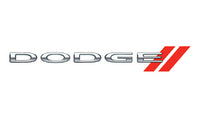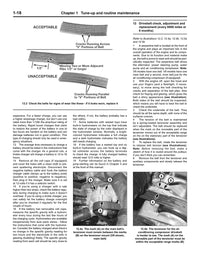What is it?
This is a component that varies the amount of air entering an engine, by using a flat valve (butterfly) that rotates inside a tube-shaped housing. In an electronically fuel-injected car, a throttle position sensor and air-flow sensor communicate with the main electronic control unit (ECU), which supplies the corresponding amount of fuel needed at the injectors.
Where is it located?
On older carbureted engines, the throttle body is built into the carburetor. It is opened and closed through a cable and linkage from the gas pedal and engine vacuum, more fuel is delivered as the valve opens.
On a fuel-injected engine it is normally located between the air filter and the intake manifold, and is connected to the gas pedal mechanically with a cable, or electronically by wire. When the driver presses the pedal the butterfly in the throttle body pivots to let more air flow into the manifold.
When that happens, the throttle position sensor reports to the ECU that you have stepped on the gas. And the airflow sensor detects more air and sends a message to the car’s computer to boost the amount of fuel being supplied by the injectors.

How many throttle bodies?
Most autos have just one large throttle body, but some cars with larger V6, V8 or V12 engines can have one for each bank of cylinders, or even one on every cylinder, although these are relatively uncommon. Some systems use a throttle body with two smaller throats and butterflies instead of one large one, notably the early Ford truck EFI motors, but the function is the same.
A good air filter is essential to the operation of the throttle body, because dirt build-up can gum up the butterfly, causing a rough idle and drivability issues. Depending on how the PCV breather is plumbed on your car’s motor, you may also get a build up of oil residue.
How can a throttle body be cleaned?
This is why the butterfly and throttle body need periodic cleaning. After removing it from the intake, clean the throttle body with an aerosol solvent carburetor/fuel injection cleaner and a small brush, or cotton cloth. Pay particular attention to the throttle butterfly, which is attached with small screws (often staked to the throttle pivot to prevent removal) but you don’t need to remove it to clean it.
If the throttle position sensor (TPS) or air flow sensor are on the throttle body, be careful with them. Removal of the TPS may require recalibration afterwards. Mass Air Flow (MAF) sensors are very sensitive to being contaminated, and have a specific solvent spray just for cleaning them.
Throttle body problems
Other throttle body problems can include faulty Idle Air Control (IAC) valves or Manifold Absolute Pressure (MAP) sensors. The IAC valve allows the computer to control idle speed, by bleeding small amounts of air into the intake. The MAP sensor turns engine vacuum in the manifold into an electronic signal, telling the computer how much fuel to inject.
An engine that revs high at idle, or with an idle that surges up and down, may have a vacuum leak, or a torn intake hose. A consistently high idle may mean the IAC valve is sticking open, or a mechanical throttle stop may need to be adjusted.


























